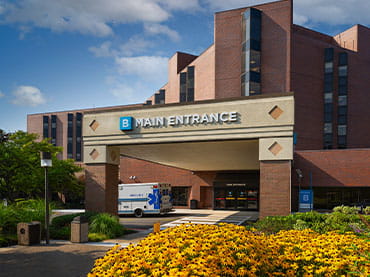More than a century ago, John H. Shoenberger (1810-1889), one of Pittsburgh’s wealthiest iron manufacturers and philanthropists, endowed St. Margaret Memorial Hospital "in loving memory" to his wife Margaret (1809-1878), who was known for her generosity and many acts of kindness.
Upon his death, Shoenberger bequeathed $800,000 — $10 million today — and three acres of land on the family’s summer estate in Lawrenceville, to build a hospital to honor his wife. In 1898, the hospital was dedicated and the Protestant Episcopal Church elected a board of trustees to maintain it. From its original location on 46th Street in Lawrenceville, the hospital served residents of the city’s east neighborhoods and the river towns that dotted the northern shore of the Allegheny River for 82 years.
To be closer to the communities it served, St. Margaret in 1980 made an unprecedented move across the river to the site of the former City of Pittsburgh Water Filtration Plant near Aspinwall. There, the community and advanced teaching hospital thrived, providing general care for 230,000 residents of 19 municipalities, along with specialty care in arthritis, orthopaedics, geriatrics, and family practice teaching.
In 1997, St. Margaret became the first Pittsburgh hospital to merge with UPMC, strengthening its capabilities to serve its community.
Today, UPMC St. Margaret serves more than 250,000 residents in more than 50 municipalities along the Allegheny River in northern Allegheny County, the Alle-Kiski Valley, northwestern Westmoreland County, and southern Armstrong and Butler counties.

















